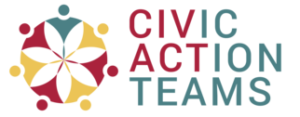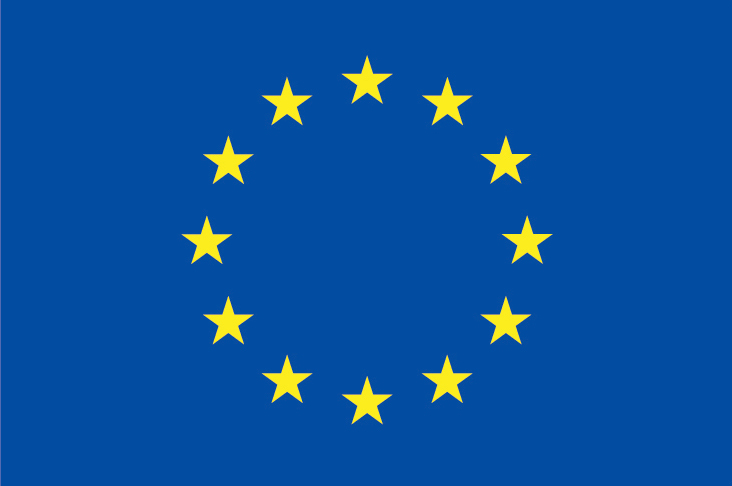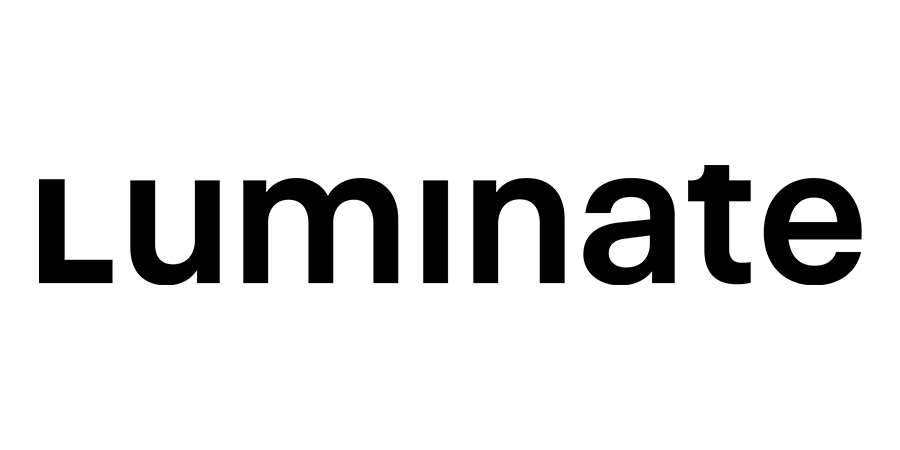Reducing Healthcare Disparities
Written by: Business 360
Inequalities and inequity in health and healthcare surfaced distinctly in the face of the Covid 19 pandemic. The virus and the economic lockdowns have exacerbated the gaps and health disparities creating systemic challenges in multiple areas. Shortages of critical medication and oxygen, struggle with access to care, loss of jobs and livelihoods, disproportionate number of deaths, and lack of vaccines have left the health system and the public at indefinite crossroads. It has also greatly magnified socioeconomic gaps. In this edition of Business 360, we asked some experts for their views on reducing and minimising inequalities in healthcare, the need for a sound national health agenda, engaging the private sector to become a catalyst for health equity and Nepal’s preparedness to tackle the Covid 19.
NARAYAN ADHIKARI
Governance Entrepreneur

What is your definition of healthcare equity for Nepal?
Equal access and healthcare delivery for every Nepali regardless of income, caste, ethnicity, location or religion. A system in which Nepal can provide the very best health services to its population and is fully prepared for any kind of health emergency. A healthcare system that acknowledges the Nepali social construct and hierarchy as it highly influences the access and utilisation of health services.
How do we reduce inequalities in health and healthcare?
There are two sides to this: income and expenditure. On the income side, there has to be a meaningful effort to ensure that the rich pay more taxes. For too long the corrupt elite in Nepal have not paid their fair share; we have to put in place and enforce a tax regime that is progressive and provides the resources necessary to fund effective and inclusive public services. On the expenditure side, we need to make sure that healthcare funds are spent transparently and effectively. Covid 19 has demonstrated clearly how corrupt our procurement and contracting processes are; all of us need to step up to make sure the government is responsible for providing services which should be our right as citizens.
What are the major vulnerabilities in our healthcare system?
Demand side: Health vulnerabilities are defined by ethnicity [eg. Dalit people from Terai are most vulnerable], income, and rural-urban divide [WHO report says health care facilities in Nepal should be within 30 minutes distance from each household, however in rural areas of Nepal it is at least 135 minutes distance]. Further, the public prefer to go to private hospitals for care as they don’t trust public hospitals.
Supply side: Public hospitals cannot cater to all while private hospitals are not accessible to all [due to wage gap]. There is also a lack of health insurance/security. Furthermore, the number of healthcare professionals is also low.
We need to look into diverse aspects of governance and sound economic policies if we want to see our healthcare system function for the public. After education, health should be the second priority in budget, policy making and institutional development. There is a lack of vision on what model of health care we want in nepal – public, private or mixed.
How can good governance and sound economic policies translate into a national health agenda?
Health services are not accessible to all citizens equally. There is strong nepotism and favouritism. For example, during Covid 19, beds, oxygen and ventilators were reserved for high-profile clients. Granting licenses to B&C medical colleges illegally shows how collusion by corrupt politicians and business people abuse our policies. For example, BPKHS has not been able to sustain itself in 25 years due to heavy political influence and internal governance being weak. As a result, there is a widening trust deficit between healthcare professionals such as doctors, nurses and other staff, and the administration, which is lowering the performance of health institutions.
We need to look into diverse aspects of governance and sound economic policies if we want to see our healthcare system function for the public. After education, health should be the second priority in budget, policy making and institutional development. There is a lack of vision on what model of health care we want in Nepal – public, private or mixed.
We need to promote social enterprise [priority, funding] for additional health facilities and health personnel in rural areas of Nepal. Junior level health assistants and community health volunteers can be skilled at scale quickly to provide primary care. Dhulikhel and Bayalpata are good examples of affordable quality health. They have embedded community outreach as a core part of their strategy.
How can the private sector become a catalyst for health equity?
Mahabir Pun’s Innovation Center has helped to design and produce low cost personal equipment, maintained old equipment such as ventilators, oxygen cylinders and other machinery, and saved many lives. Other initiatives that impressed me include Covid Connects, ventilators banks, a mask bank in Nepalgunj, the hamro team, and All Time Care. The private sector can play a critical role in promoting technology in treatment and medicines as well as robust data management systems.
Are there any transformative impacts you have seen or can recommend?
- It is important to ensure that citizens are engaged in the process of governance of the health sector at every step. This could include citizen monitors to bolster social accountability practices.
- Other examples from the public sector include the Female Community Health Program roles and how this has motivated public health personnel. There is also the example of the Bayalpata Hospital in rural Accham which is run by a nonprofit organisation in partnership with the local government, and which has filled a critical gap in the region as Covid infections surged.
- Gautam Buddha Heart Hospital in Butwal is a great example of citizen involvement in establishing a low cost heart hospital. It started with help (mutthidaan) by private sector leaders. Similarly, Lions Eye Hospital established in Butwal has been providing eye services at low costs. Accountability Lab Nepal’s Civic Action Teams also battled popular rumors or myths around the pandemic with facts and proper context, helping more than half a million people to get the real story.
What did Nepal’s Covid 19 response and recovery efforts teach us about building more resilient, transparent and equitable health systems?
The response and recovery efforts overall have been a disaster. Our health system collapsed because of years of neglect, corruption, mismanagement and political infighting. We need to fundamentally transform our political system to ensure that it brings through a new generation of honest, fair, diverse, accountable and values-driven leaders who can collectively steward our country towards a better future.
Having inclusive infrastructure is important [such as gender and disability-friendly facilities].
It is important to set up institutions such as the Covid 19 Crisis Management Centre, but they need to be more organised and scientifically rigorous.
The Covid 19 pandemic should remind us that communities were premature to accept lip service or fake promises. The government announced incentives packages to health workers, for instance, but never fulfilled them.
Another important lesson we have learned is that the pandemic is about everything from responsible leadership, international relations, and proper coordination between government agencies and citizens, to the all important imperatives of fair procurement and distribution. If we don’t look into these matters holistically, we will fail to save citizens from the impact of Covid 19.
Opacity creates conflict and lack of trust, whereas transparency creates trust and gains support from citizens for the government to implement its plans. We have seen continued street protests and hunger strikes to demand transparency of Covid 19 funding and policies. Had the government published that information proactively, no protest or any sort of violation of Covid protocols would have emerged.
The pandemic dramatically expanded existing inequalities among social groups. The impunity also increased. Gender, caste and ethnic-based violence was at exceptionally high levels. A Dalit boy was killed because of inter-caste marriage, while two Raute girls were sexually assaulted. There were also reports of a woman in a quarantine center being gang-raped, and many other women and LGBTQ+ communities faced acute incidents of violence. There was a lack of willingness to secure the rule of law and ensure justice for victims. There were also very little proactive solutions to force the government’s hand to do the right thing. This should never be repeated in future.
Originally published on Business 360.





